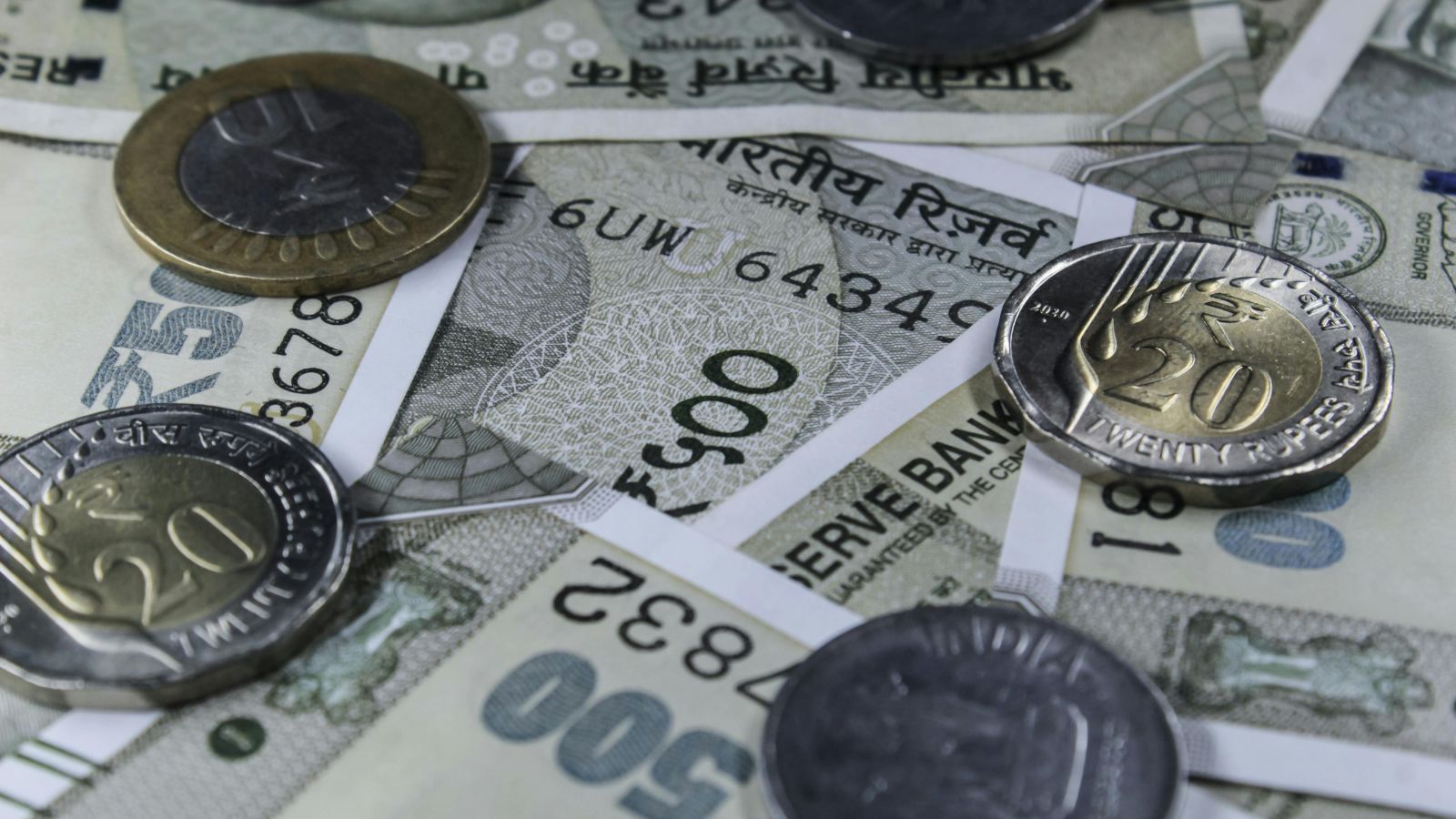Kiwi Businesses Beware: Trump-Era Tariffs Still Hitting Indian Exports – What It Means for NZ

Remember the trade tensions between the US and India during the Trump administration? Well, they're still impacting Indian exports, and it’s a situation New Zealand businesses need to be aware of. A significant portion – over half – of India's shipments to the US are still facing a 25% reciprocal tariff, according to India's Finance Ministry. This isn't just an Indian problem; it has ripple effects across global supply chains and could affect Kiwi businesses sourcing goods or services from India.
The Backstory: What Happened?
The tariffs were initially imposed as part of a trade dispute stemming from India's digital services tax. The US argued that this tax unfairly targeted American tech companies. India retaliated with its own tariffs, leading to a tit-for-tat escalation. While the Biden administration has expressed a desire for improved trade relations with India, the existing tariffs remain in place for many products.
The Scale of the Impact
The Indian Finance Ministry highlights that over 50% of India's exports to the US are currently subject to this 25% tariff. This impacts a wide range of sectors, including steel, aluminum, and various manufactured goods. While the exact figures fluctuate, the impact is substantial, affecting Indian businesses' competitiveness in the US market.
More Than Just Numbers: The Factors at Play
The Finance Ministry correctly points out that the full impact of these tariffs isn't straightforward. Several factors will determine how severely Indian exporters are affected:
- Product Differentiation: Unique or specialized products face less pressure than commodities.
- Demand: Strong demand for a product can partially offset the tariff's impact.
- Quality: High-quality goods can command a premium, making them more resilient to tariffs.
- Contractual Arrangements: Existing contracts and long-term relationships can provide some protection against price increases.
What Does This Mean for New Zealand Businesses?
For Kiwi businesses, particularly those sourcing materials, components, or finished goods from India, this situation presents potential challenges. Increased costs for Indian exporters could lead to higher prices for New Zealand importers. It also highlights the importance of diversifying supply chains and carefully evaluating the risk associated with relying on a single sourcing location.
Looking Ahead: Potential Resolutions
The future of these tariffs remains uncertain. Negotiations between the US and India are ongoing, and a resolution could be reached eventually. However, given the current geopolitical climate and ongoing trade tensions, a swift removal of the tariffs is not guaranteed. Businesses need to stay informed about developments and prepare for the possibility of continued trade barriers.
Key Takeaways for Kiwi Importers & Businesses:
- Assess Your Supply Chain: Identify any potential vulnerabilities related to Indian sourcing.
- Negotiate with Suppliers: Discuss strategies for mitigating the impact of tariffs.
- Explore Diversification: Consider alternative sourcing options to reduce reliance on any single country.
- Stay Informed: Monitor trade news and policy changes closely.
Ultimately, the situation underscores the importance of adaptability and resilience in today's global marketplace. Understanding the complexities of international trade and proactively managing risks are crucial for New Zealand businesses to thrive.






